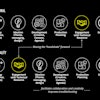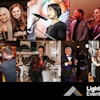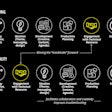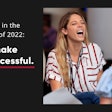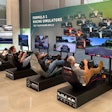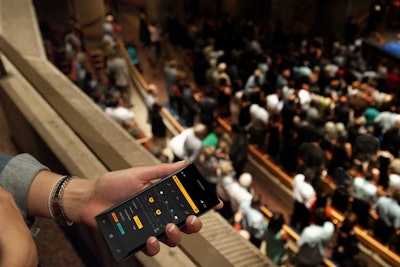
The same technology used by major TV networks to gauge audience sentiment during broadcasts of the State of the Union and national elections is now available for events of any size. Microsoft has released Bing Pulse 2.0, a self-service audience polling and feedback system that operates through attendees’ smartphones and other mobile devices. It’s available free through the end of January.
“We know that about 80 percent of Americans now are sitting in the audience at an event or watching TV and second-screening [or] doing something else. So we wanted to figure out: what can you do to captivate them and catch their attention so they can participate more directly and where their voice is actually heard?” says Josh Gottheimer, general manager for corporate strategy at Microsoft.
Using the system’s producer dashboard, planners input the event name, date, expected number of participants, the amount of time they want to keep the voting active, and a URL. They also select the type of demographic information they want to gather from users. Standard categories are age, gender, education, and political affiliation, but organizers can also create custom categories.
During the event, users access the Bing Pulse by going to the URL from any Internet-connected device, or it can be integrated into an event website or app. The system has both rating and polling functions. Users can tap their screens as often as every five seconds to register their opinions (strongly agree, disagree, etc.) about whatever is taking place at the moment. Organizers can also push out multiple-choice questions, which can be pre-written and scheduled to send at specific times or created in real time. As users begin, the system prompts them to answer the demographic questions. Real-time results can be displayed on large screens, integrated into videos, or pushed to participants’ devices, or planners can opt to share insights later.
“You can have millions of people voting from around the world without any delay,” Gottheimer says. “And the event producer can really see how sentiment ebbs and flows over time.”

